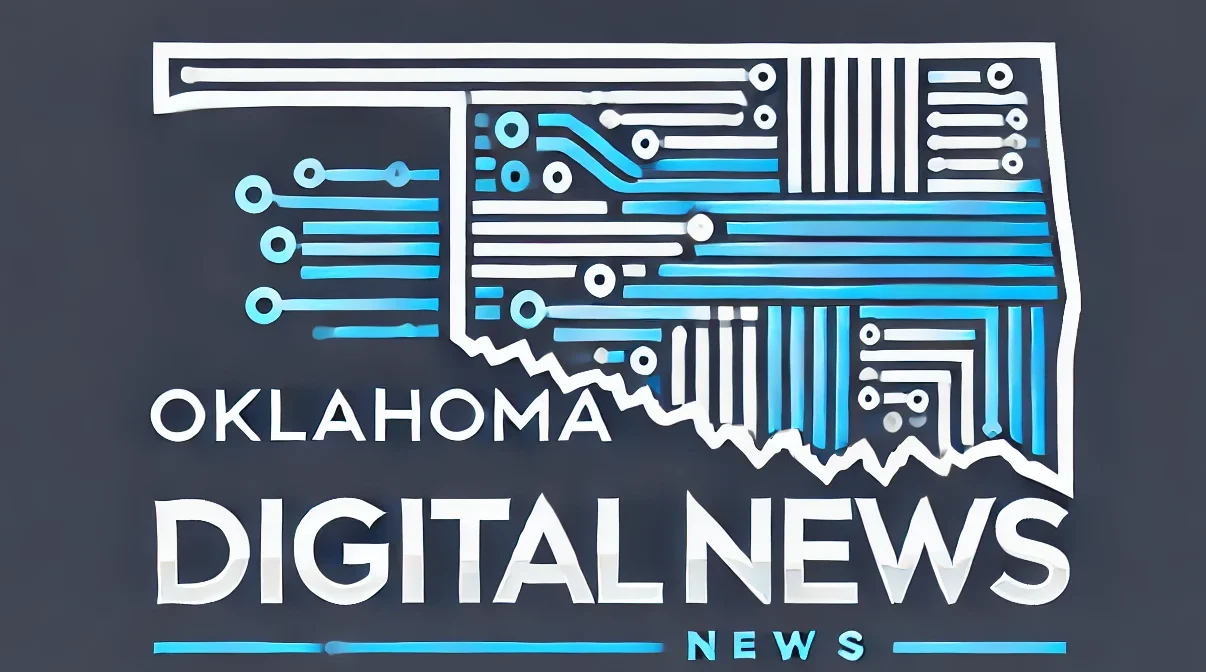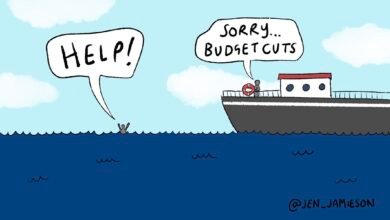Where Does A Freed Mind Go?

Teaching Is Human Work. Systems Aren’t Built for That.
Teaching Is Human Work. Systems Aren’t Built for That.
Education is structured as a system—standardized, measured, and scaled. But learning doesn’t work that way. And teaching? Teaching is human work—improvised, emotional, and deeply personal. That difference is more than philosophical. It’s a practical, everyday problem for educators.
I. Education is a system. Learning and teaching are not.
This presents a challenge: when systems drive decisions, but people do the work, friction is inevitable.
II. Systems are made of parts. People are not.
Education, as a system, is made up of parts—and those parts can be conceived in any number of ways. That is, they are subjective because we, as individuals, are subjective.
III. Objectivity is a useful illusion.
We only become objective under strained scrutiny from others, and even then, that objectivity is temporary. Once we move from an object of study to something familiar—from a being to a person—the objectivity is lost.
(To the biologist, the species becomes a primate becomes a monkey becomes a friend.)
IV. Through loss of objectivity, we gain connection.
It is through this loss that human connectivity is gained. And it is through connection that we discover our interdependence. By how we connect with people, spaces, and ideas, we begin to make sense of ourselves. One shapes the other.
V. The system doesn’t—and can’t—plan for this.
Education has no mechanism to support this process. That work falls on teachers. When it doesn’t happen, the marrow of learning is gone. It becomes a shell.
(This is when academics shift from a worthy body of knowledge to a mechanical process that belies its own wisdom.)
Systems don’t plan for people. They speak in code. Teachers speak in human tongues—and that burden is quietly immense.
VI. Systems don’t speak. People do.
Systems use binary language. People use emotion, gesture, silence, and laughter. The system cannot talk to the teacher. The curriculum cannot speak to the community. But students and families and teachers can. They are the only real parts.
VII. Reality is a loop we build and revise.
How we see ourselves shapes how we see the world. And how we see the world shapes who we think we are. We construct and co-construct a reality that feeds back into our identity.
(Think of how you viewed yourself at 17 versus how you see yourself now—and what caused that change.)
VIII. Teachers translate two incompatible languages.
This is a ceaseless process that education constantly interrupts—because it never learns the language of the individual student. The child with this story, sitting in this chair. Teachers are the translators—fluent in both human and system, and stretched between them.
IX. Systems reduce. Teachers humanize.
When the system prioritizes performance over people, knowledge becomes grades and certificates. This isn’t malicious. It’s predictable. Systems seek the measurable and discard the rest.
X. Technology amplifies the system, not the human.
Edtech promised relief. But without human-centered design and communication, it simply energizes the system—sharpening every corner, illuminating every inefficiency, accelerating every pressure point.
The best edtech can do—without the voice of teachers, students, and families—is disruption.
XI. Start with the human, not the system.
If knowledge, wisdom, literacy, and critical thinking are still our aims, we should begin not with programs, but with people. With the conditions that help these qualities emerge in the real world. We work backward from humans, not forward from policies.
XII. Ask better questions.
We could do worse than to begin with a question:
If knowledge emancipates the mind, once freed, where does it go?
And then ask:
How can education make room for it to flourish, not just function?
Source link




